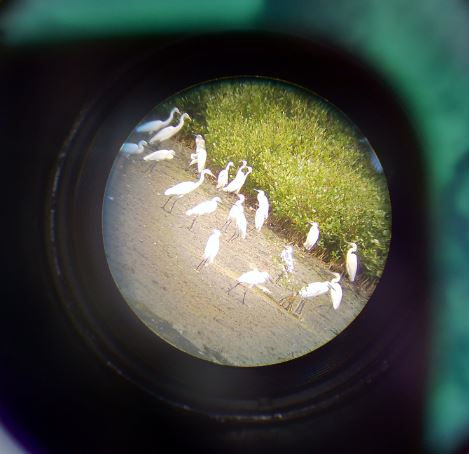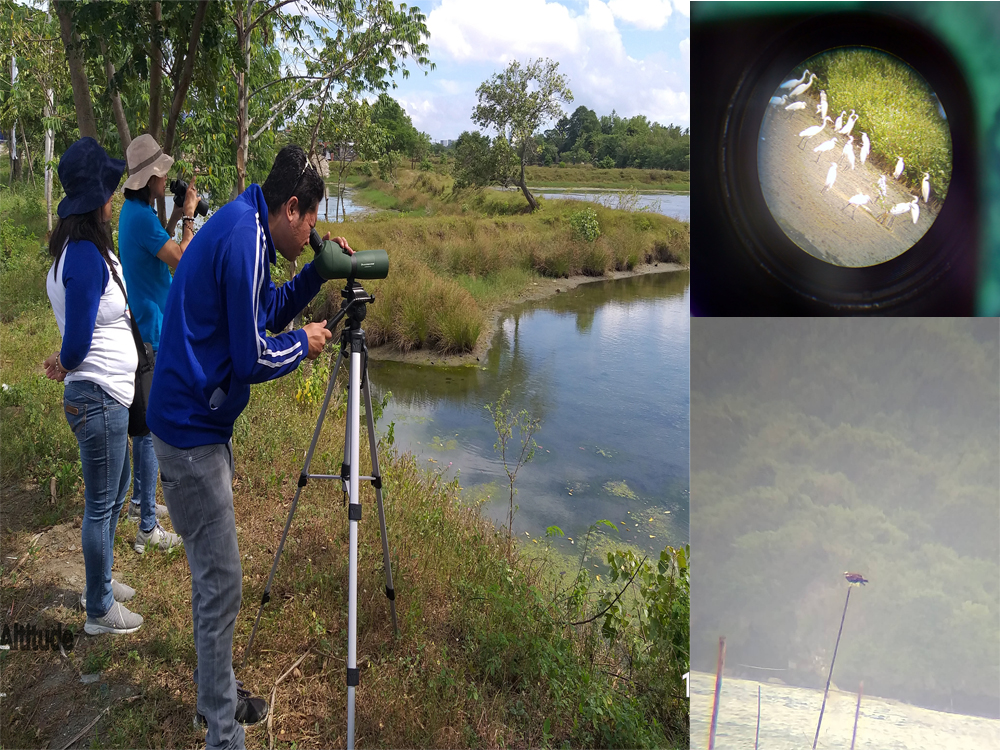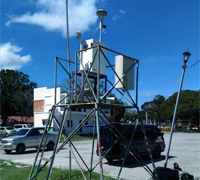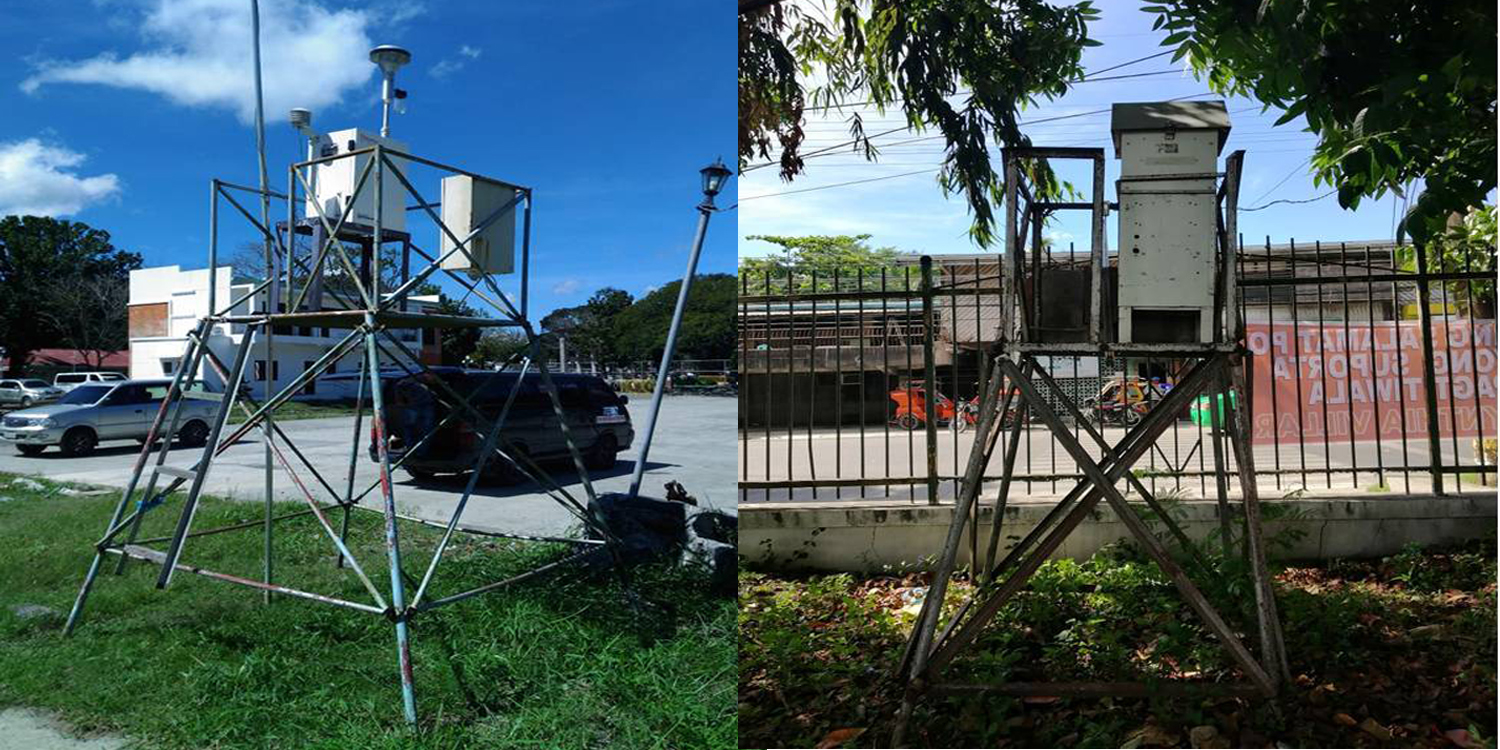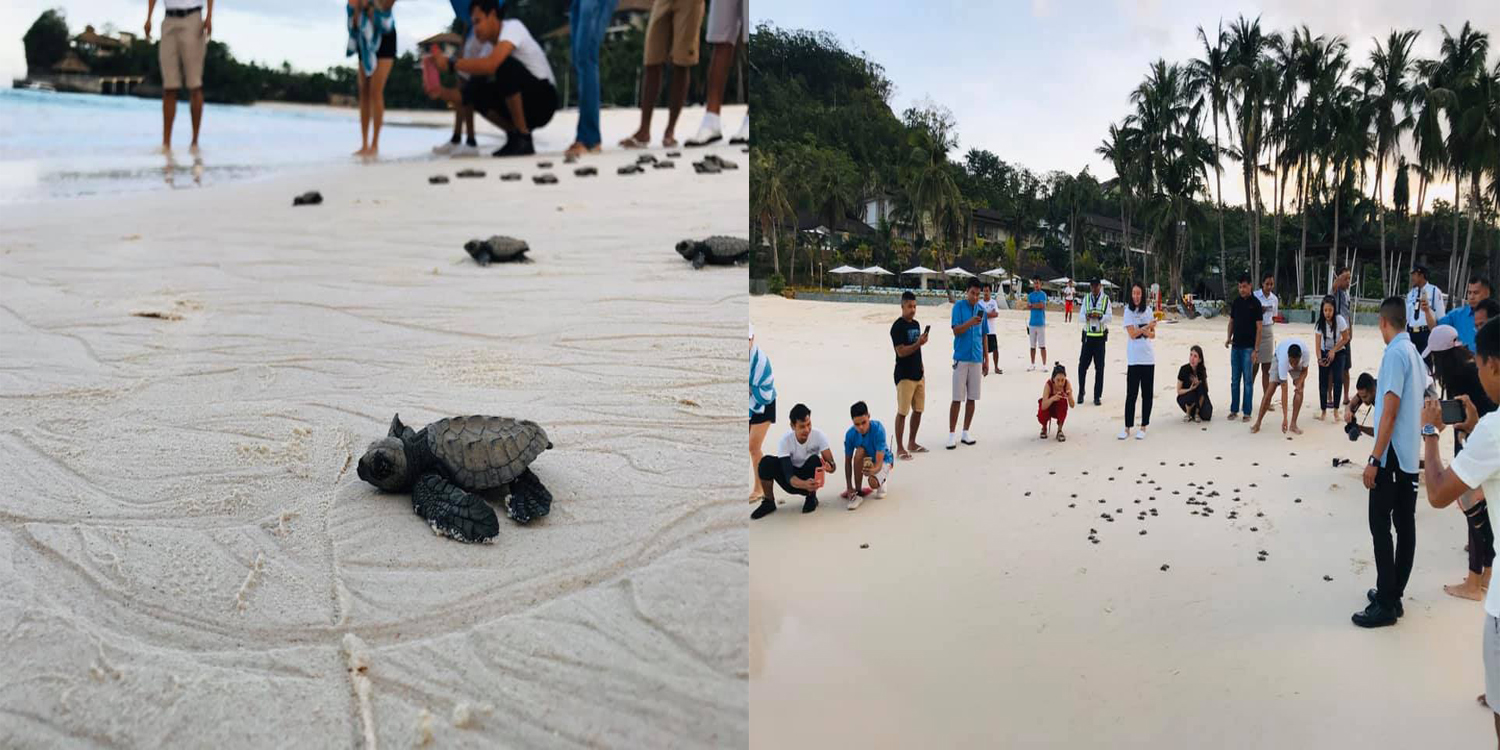DENR 6 holds World Wetlands Day at NOCWCA
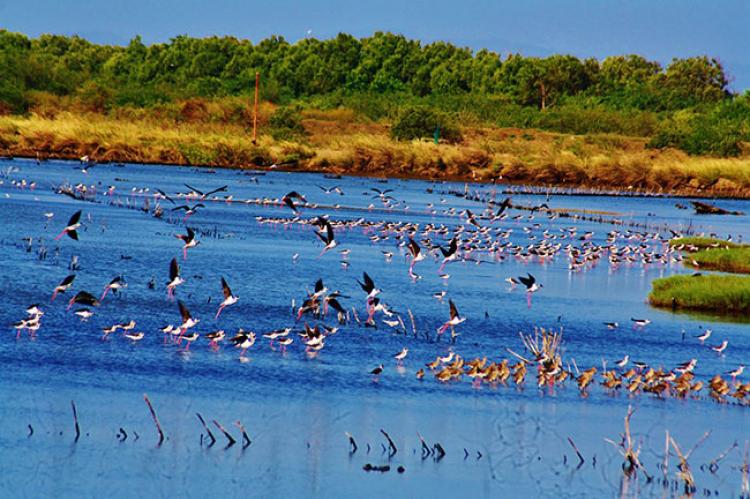

Tomorrow, the 7th Ramsar Site in the Philippines, the Negros Occidental Coastal Wetlands Conservation Area (NOCWCA) shall be the venue for the World Wetlands Day.
The event adopted the theme: “Wetlands and Biodiversity,” with participants to converge at San Enrique, Negros Occidental.
NOCWCA covers the municipalities of Pulupandan, Valladolid, San Enrique, Pontevedra, Hinigaran, Binalbagan, Ilog and the cities of Bago, Kabankalan and Himamaylan. It has one of the richest and most diverse coastal resources, particularly mangroves and a habitat of economically important species such as oysters, green mussels, nylon shells, angel wings shells, shrimps and crabs.
It is also an abode to three species of globally threatened marine turtles such as Hawksbill sea turtle (Eretmochelys imbricate), considered Critically Endangered (CR); Green sea turtle (Chelonia mydas), Endangered (EN); Olive Ridley turtle (Lepidochelys olivacea) as Vulnerable (VU) by the International Union for Conservation of Nature (IUCN) Red List. The Irrawaddy dolphin (Orcaella brevirostris), considered Endangered (EN), migrates across its coastal areas at certain period of the year.
The celebration aims to draw attention of promoting biodiversity conservation and its importance in the ecosystem. It shall cover several activities such as bird watching during the early hours of the day in the wetlands of San Enrique, Powerpoint presentation and showing of videos about the importance of wetlands and sustaining the use of natural resources, and another bird watching before the dusk. The participants are accompanied by a bird field guide to spot the different species of waterbirds using the spotting scope and binoculars.
The NOCWCA is also a haven for at least 73 species of waterbirds flocking in its prolific wetlands, including the five globally threatened and two globally near-threatened species. Recently, it has three additional species namely: Eurasian oystercatcher (Haematopus ostralegus), Eurasian wigeons (Anas penelope) and the world’s most critically endangered shorebird species – the Spoon-billed Sandpiper (Callidris pygmea).
Wetlands are areas covered by water that play a vital role in the regulation of global nitrogen cycle and also serve as a carbon sink. It helps in mitigating climate change and reducing risks and hazards from tsunamis, storm surges and cyclones. It also supports biological diversity and are recognized as the most productive habitats on earth with its vegetative surface to aquatic plants, thereby supporting diverse kinds of life.
Although wetlands abundance is in peril due to the continuous degradation of the remaining wetlands caused by human or natural occurrences, there’s a hope to restore and protect the remaining wetlands.
“It is important to protect and preserve our wetlands here in Western Visayas, not only because it is a home to wide range species of plants and water animals, but to sustain the livelihood of people that live near the wetlands. It helps in keeping the water quality clean as they filter chemicals from agricultural runoff before it reaches the open water,” said DENR Region 6 Regional Executive Director Francisco E. Milla, Jr.
Wetlands protection and conservation supports the Philippine Clean Water Act of 2004, which is one of the top ten DENR priority programs and projects of the Environment Secretary Roy A. Cimatu.
- Details
- Parent Category: News & Events
- Category: Press Releases

